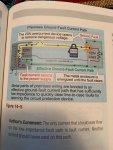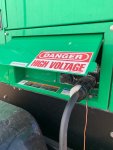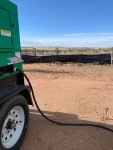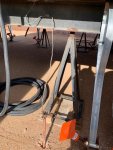moosecreek86
Member
- Location
- Colorado Springs, CO USA
I wanted to get this clear once and for all. I have re-visited this topic several times and seems like a huge grey area to me. Mike Holt mentions in bonding and grounding video that he would not install a vehicle mounted generator to temporary office construction trailer to code, and that he would absolutely violate code 250.6.
He mentions that if One-Hundred electricians removed the system bonding jumper how many of them would put it back when generator is no longer needed.
The Code guy on his panel mentions that when you have a feeder to a temporary building that it becomes a separately derived system and that by not removing Bonding jumper goes against code 250.6 Objectionable Current.
I am so confused on this topic, all I want to do is install this generator to be as electrically safe as possible.
The way I see it is, I would ground the Generator and not the temporary building because the generator is where the neutral and ground are boded together. Correct me if I'm wrong.
Attached are phots of exactly what I am dealing with. Any help is greatly appreciated.
Thanks,
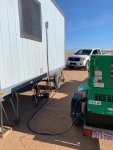

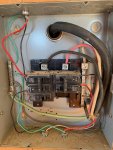
He mentions that if One-Hundred electricians removed the system bonding jumper how many of them would put it back when generator is no longer needed.
The Code guy on his panel mentions that when you have a feeder to a temporary building that it becomes a separately derived system and that by not removing Bonding jumper goes against code 250.6 Objectionable Current.
I am so confused on this topic, all I want to do is install this generator to be as electrically safe as possible.
The way I see it is, I would ground the Generator and not the temporary building because the generator is where the neutral and ground are boded together. Correct me if I'm wrong.
Attached are phots of exactly what I am dealing with. Any help is greatly appreciated.
Thanks,





